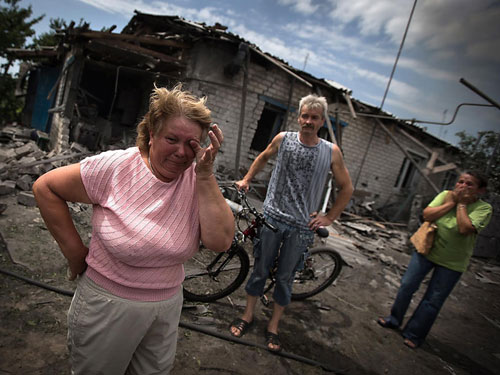Artem Kochnev is assessing the possible costs of Donbas reintegration based on the paper from the Vienna Institute for International Economic Studies. The lower bound on reconstruction cost is at $22 billion, with almost half of this sum needed for reconstruction of physical capital.
The new government of Volodymyr Zelensky aims to reimagine the attempts to end the war in Donbas. However, the factual basis for the reintegration plans remains vague.
The report estimates the lower bound of reconstruction costs at USD 21.7 bn. This is equivalent to one-third of Ukraine’s state revenues in 2019.
The report underlines several channels through which the costs were propagated: direct damage, capital depreciation, environmental problems, and humanitarian issues.
Armed skirmishes themselves are not the largest contributors to the economic setback of the region. 42% of the total costs are composed of uncovered depreciation of fixed assets and liquidation of coal mines. Therefore, to reboot the economy of Donbas the government needs to develop a full-scale program to restore the basic economic institutions: markets and state capacity. The proposed plan outlines four critical targets:
- Demine territories and eliminate environmental threats
- Rebuild infrastructure and reallocate the displaced population
- Promote long-term sustainable economic growth and set the stage for investment in the region
- Support post-war resilience.
The core part of the report raises awareness about the humanitarian issues and the approximate scale of efforts required to bring the local economy back on track. Those who oppose the negotiation process should be aware that those humanitarian issues are the opportunity costs of peace, which Donbas citizens carry on their shoulders every day.
The other part highlights the fundamental problems of the conflict resolution: the inability to credibly assure that the negotiation sides will stick to the agreements. The binding guarantees put on the state and ex-combatants at the highest possible legal level are critical in the peace negotiation process.





